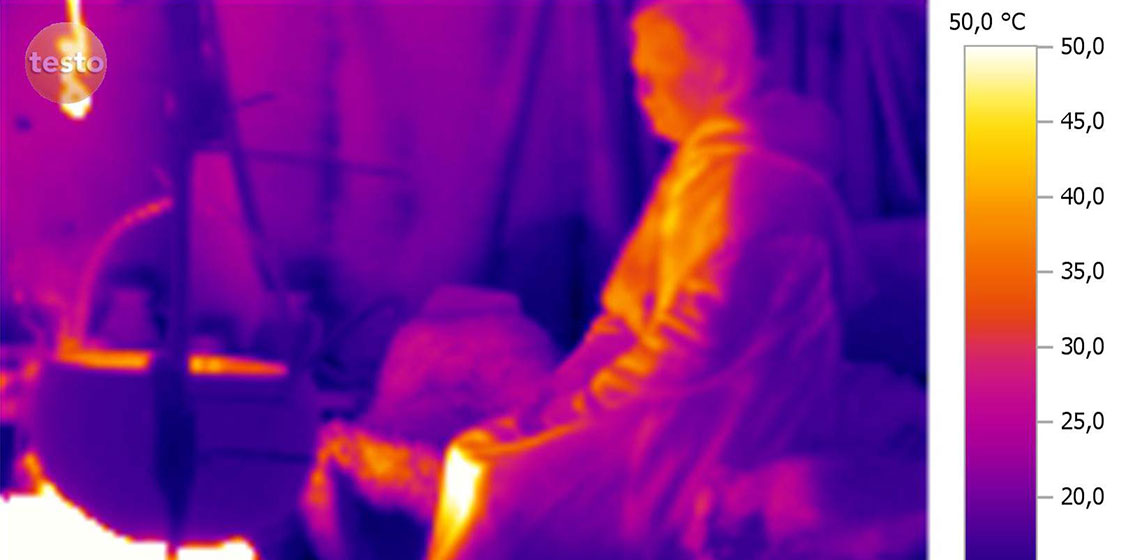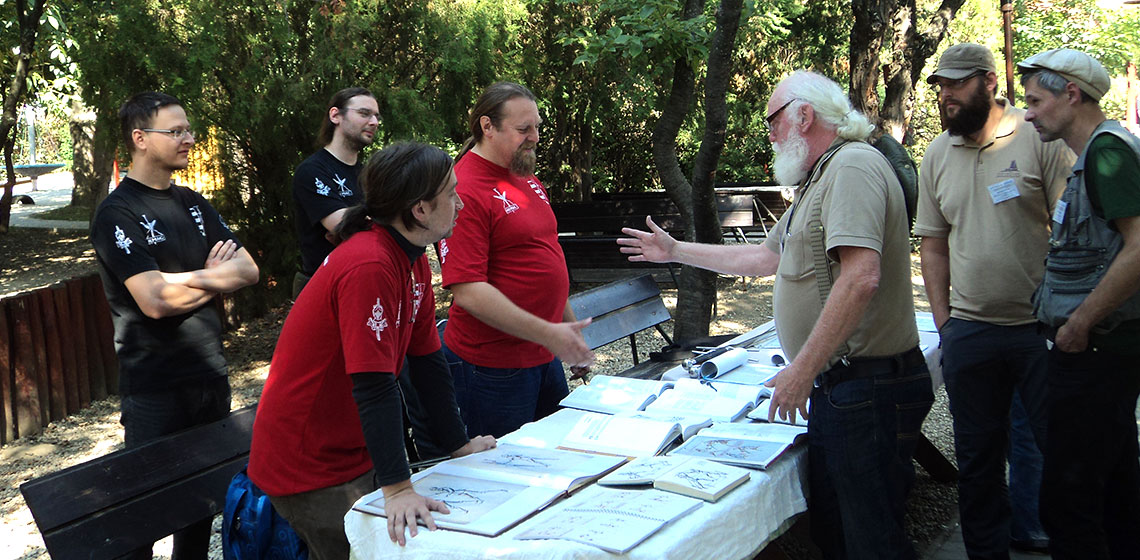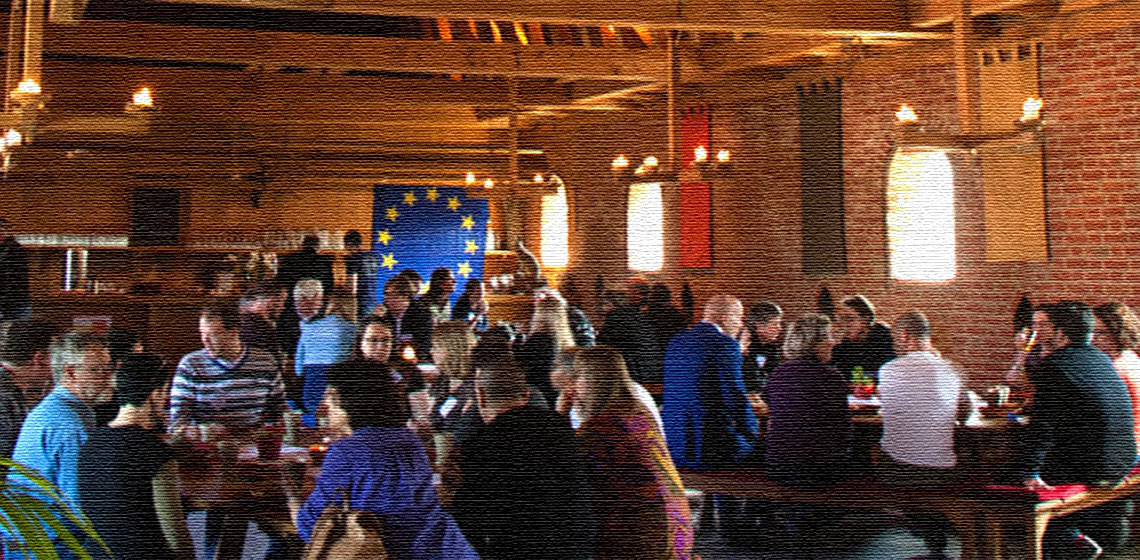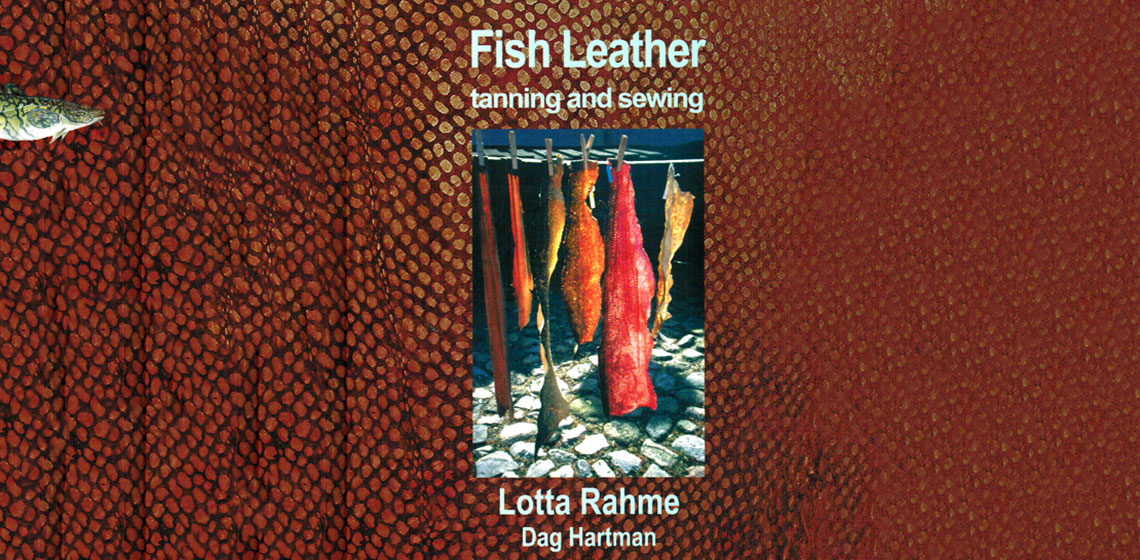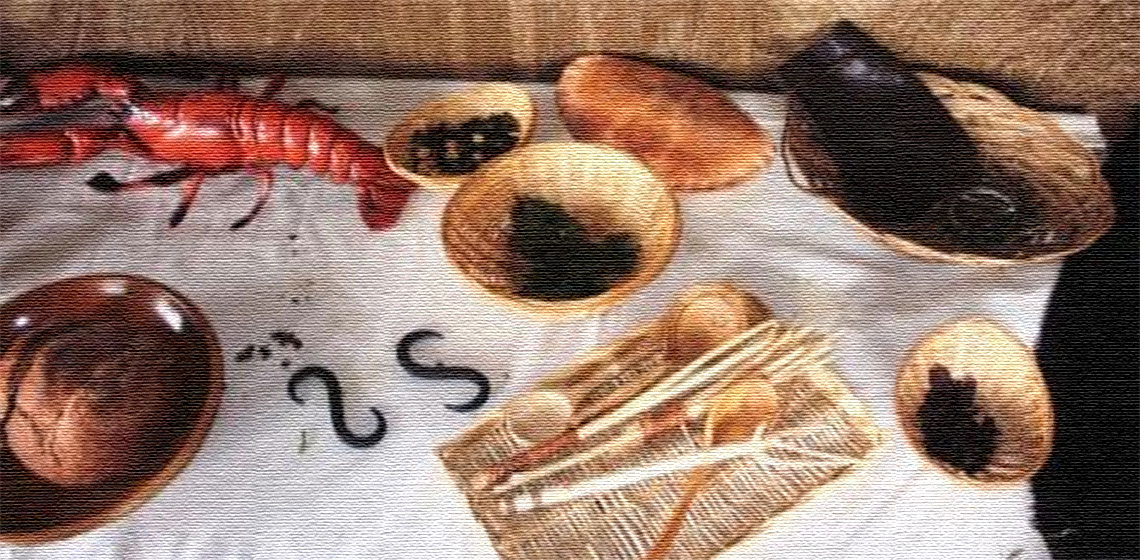Living Conditions and Indoor Air Quality in a Reconstructed Viking House
***During the winter of 2011 and 2012 an archaeological indoor environment experiment was conducted in two reconstructions of the same house from the Viking Age built in Denmark. The purpose of the experiment was to examine the living conditions inside the houses during 15 weeks in wintertime...
